
What Is Industrial Control System Software?
This guide will walk you through everything you need to know about industrial control system software—from its fundamental components and core functionalities to the latest trends shaping its future.
Welcome to the resources page! We have compiled a collection of useful information, tools, and resources to help you

This guide will walk you through everything you need to know about industrial control system software—from its fundamental components and core functionalities to the latest trends shaping its future.
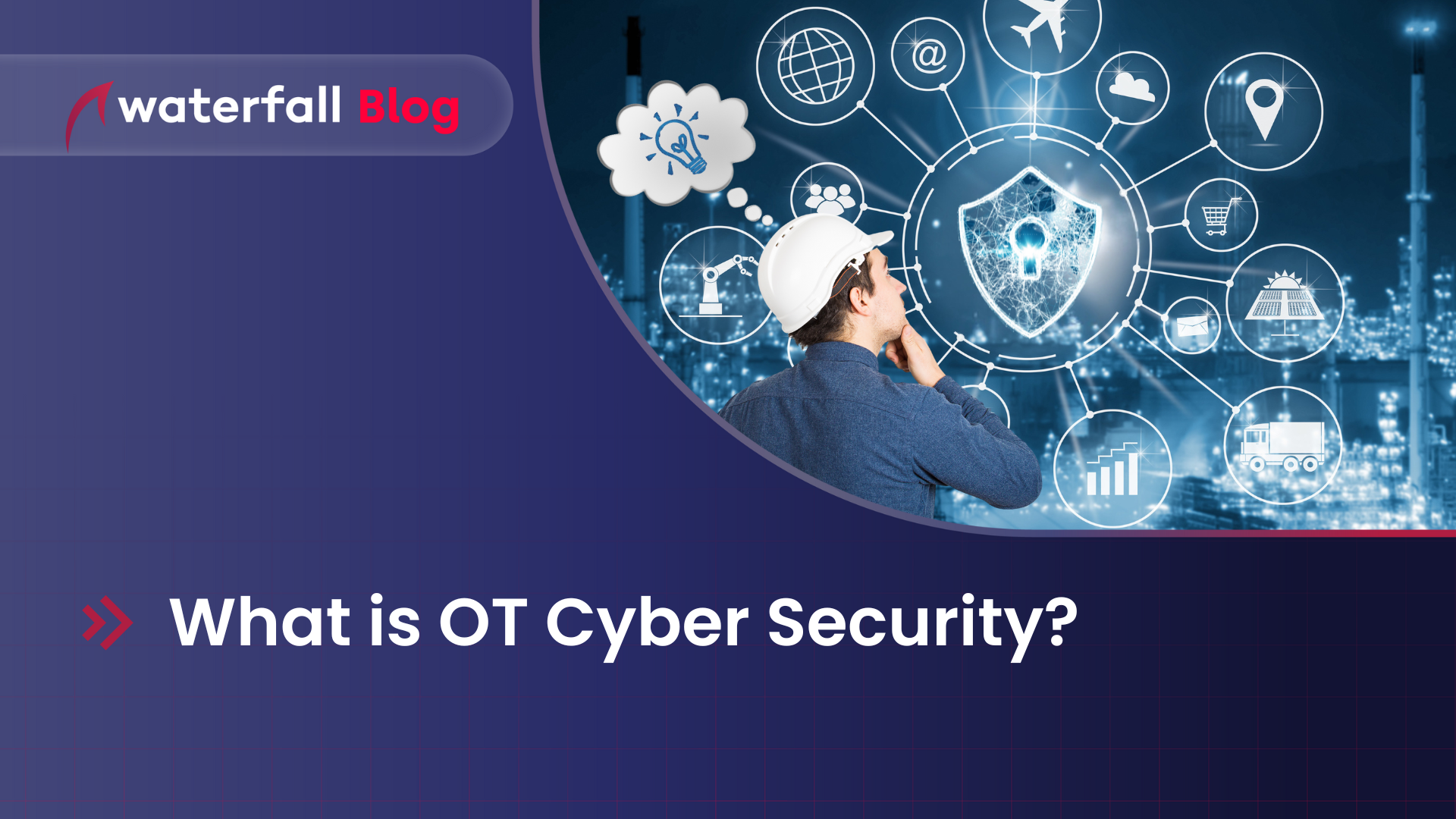
Learn what OT cybersecurity is, how it protects critical infrastructure, and the key threats, strategies, and standards you need to know.
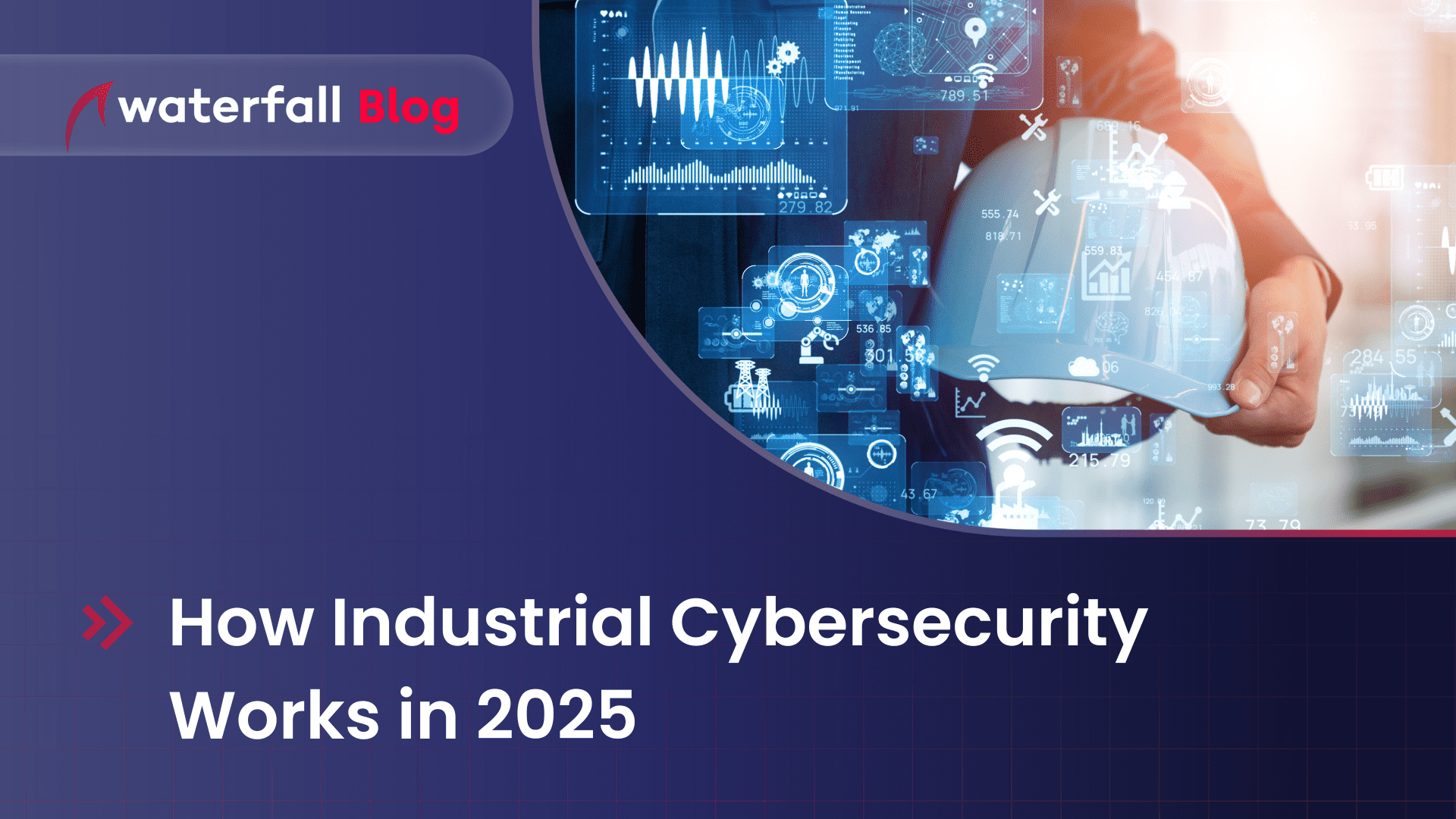
As industrial systems grow increasingly connected in 2025, protecting operational technology (OT) from cyber threats is no longer optional—it’s mission-critical.

Secure remote access – all you need to know about one of the most critical cybersecurity challenges for industrial organizations today.
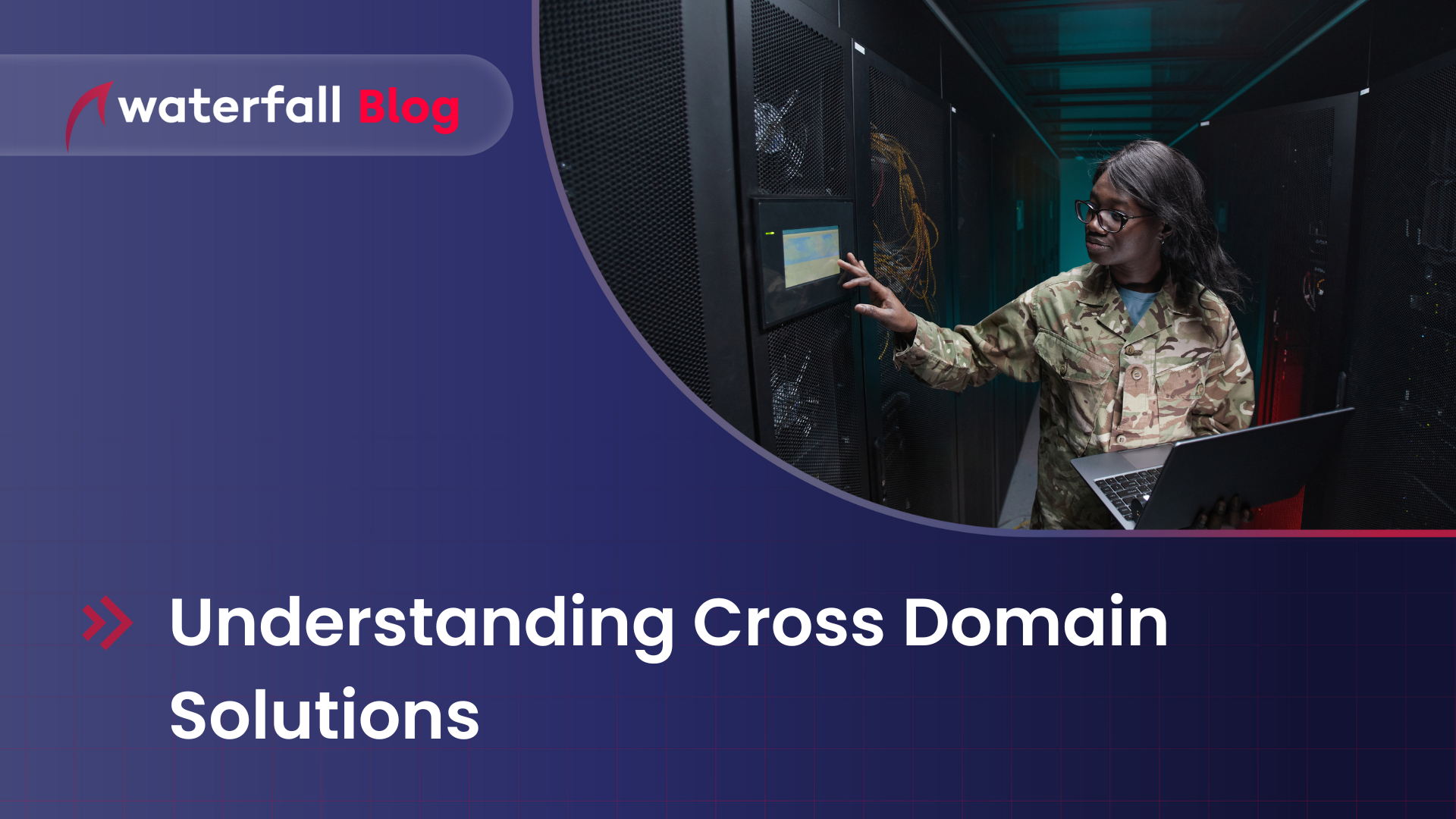
Cross domain solutions bridge this gap of traditional security approaches by enabling secure information exchange without introducing unacceptable security risks.
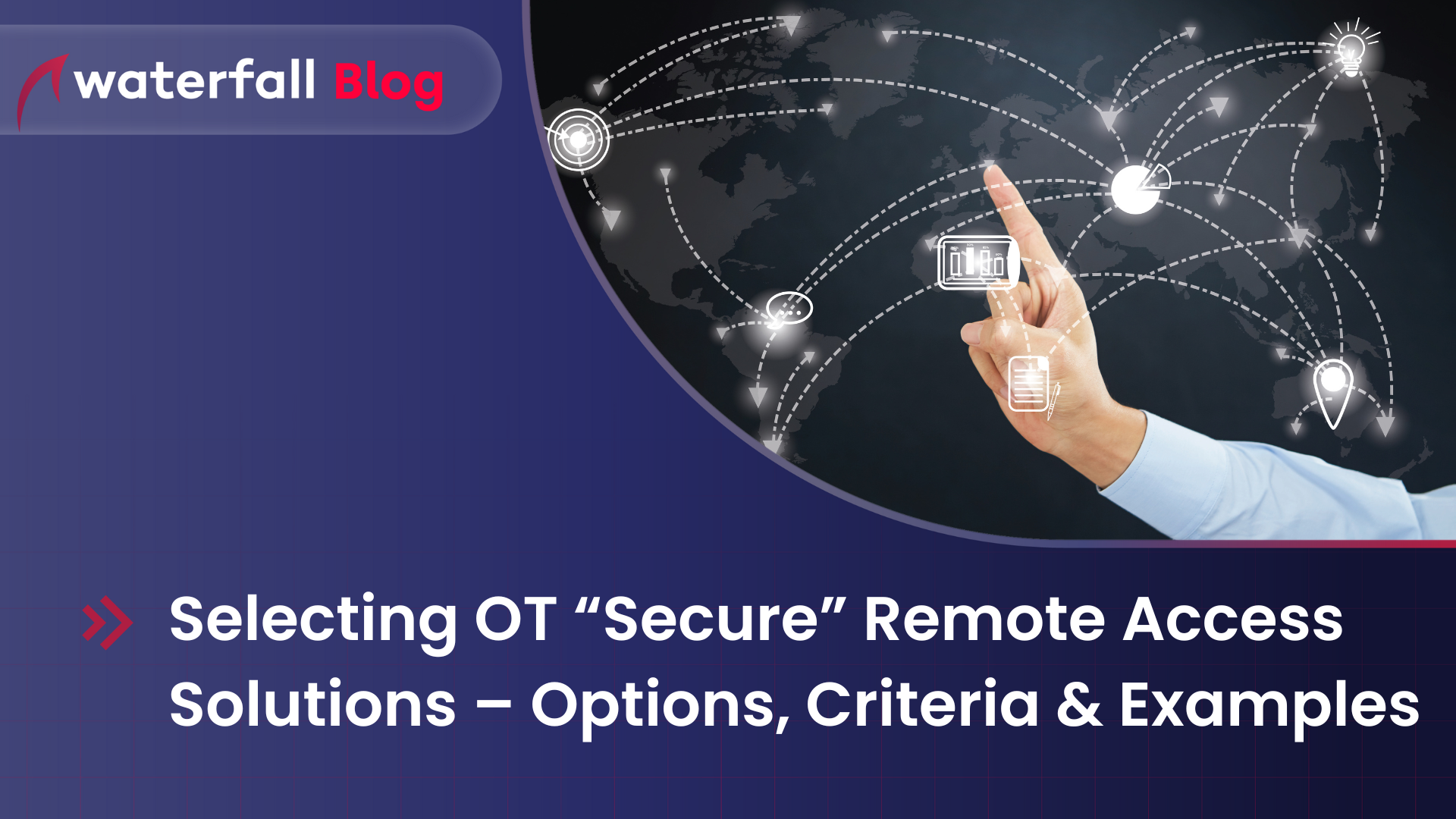
Which OT remote access solution is right for you? It depends on the sensitivity of your OT/physical process, on your risk tolerance, and on your assessment of credible threats.
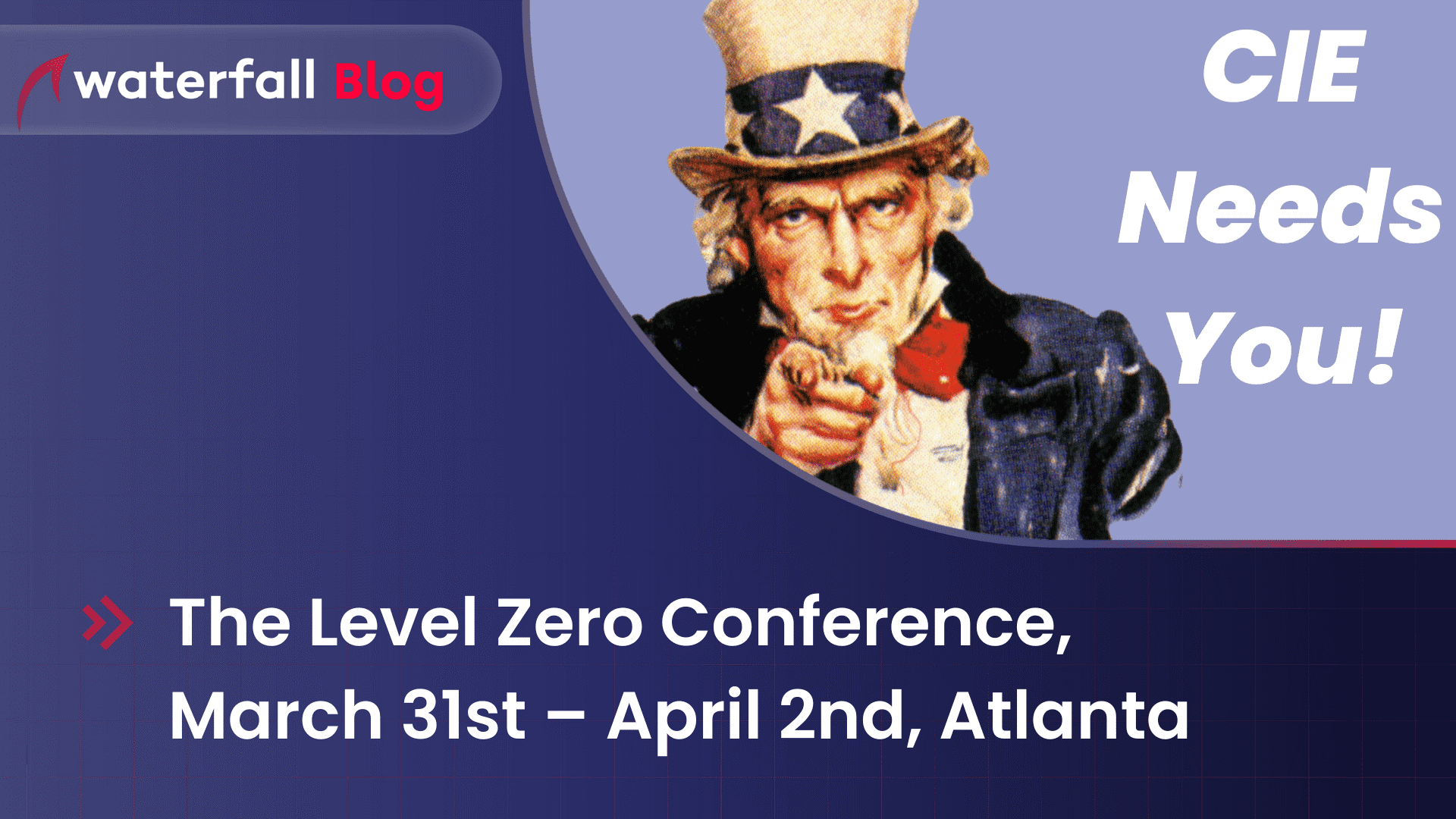
The new Level Zero OT Cyber Security 2025 Conference is where the world’s experts at the intersection of cybersecurity and engineering will be meeting on March 31st – April 2nd in Atlanta. Come join us!
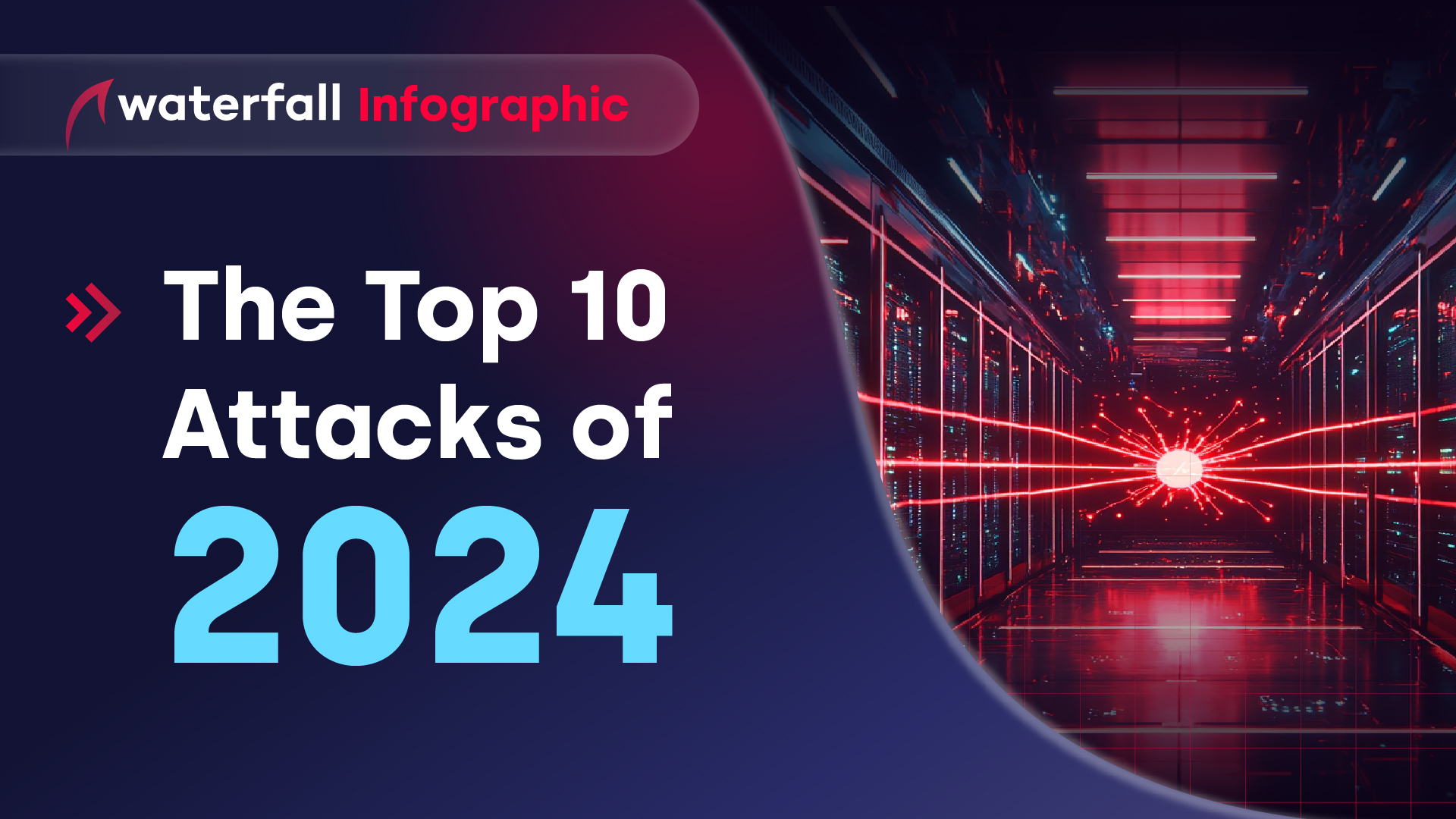
In 2024, we witnessed more cyberattacks targeting OT and critical infrastructure. Analyzing these attacks reveals valuable insights that can help us bolster our OT security planning for 2025. Let’s explore the overarching themes of this past year’s attacks.
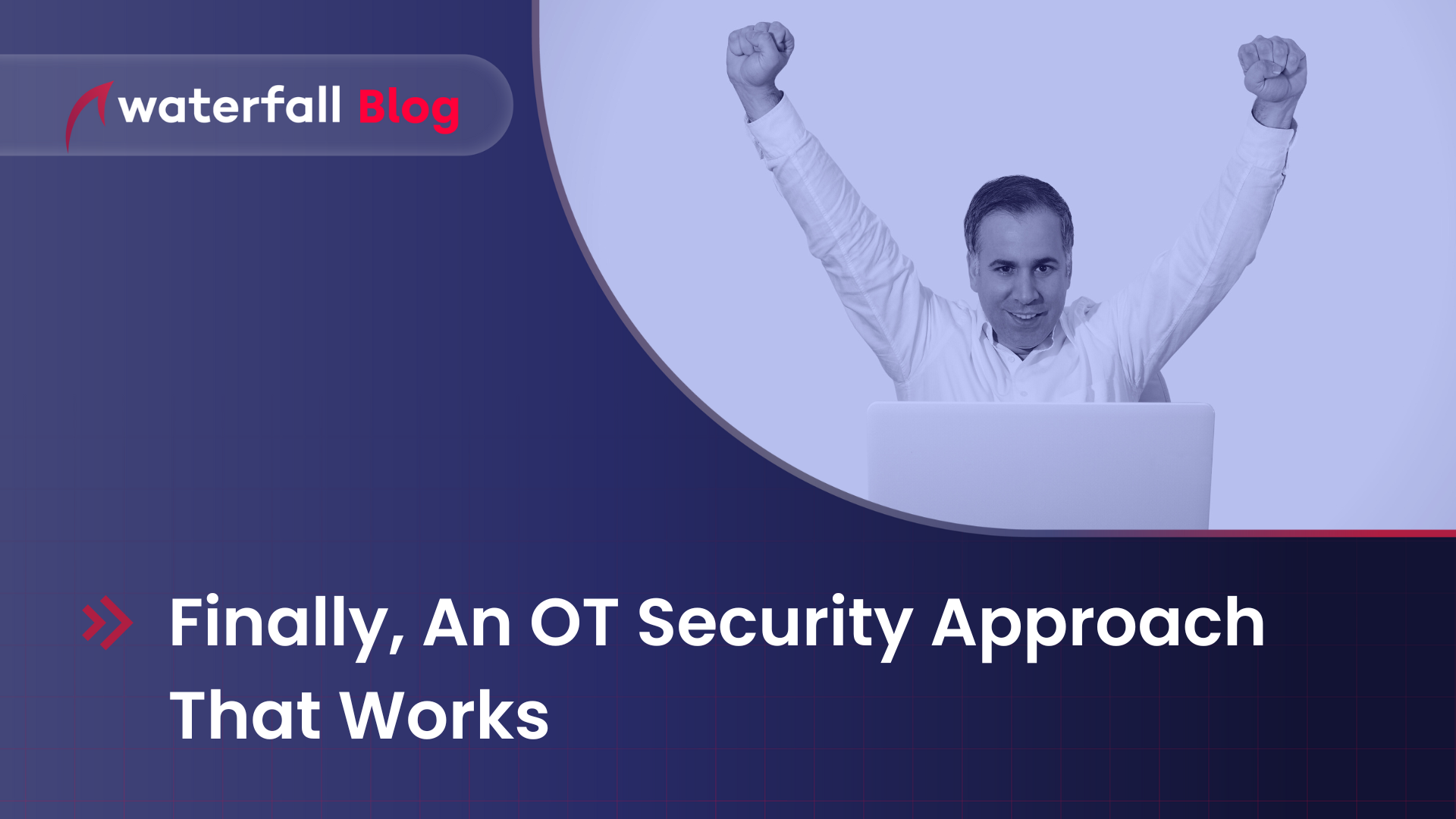
OT security is evolving with the “Level Zero” approach, which combines cybersecurity and engineering to prevent physical and cyber threats. This holistic strategy is a game-changer for safeguarding critical infrastructure and marks the next major step in OT security. Join the inaugural Level Zero conference to be part of this groundbreaking shift.
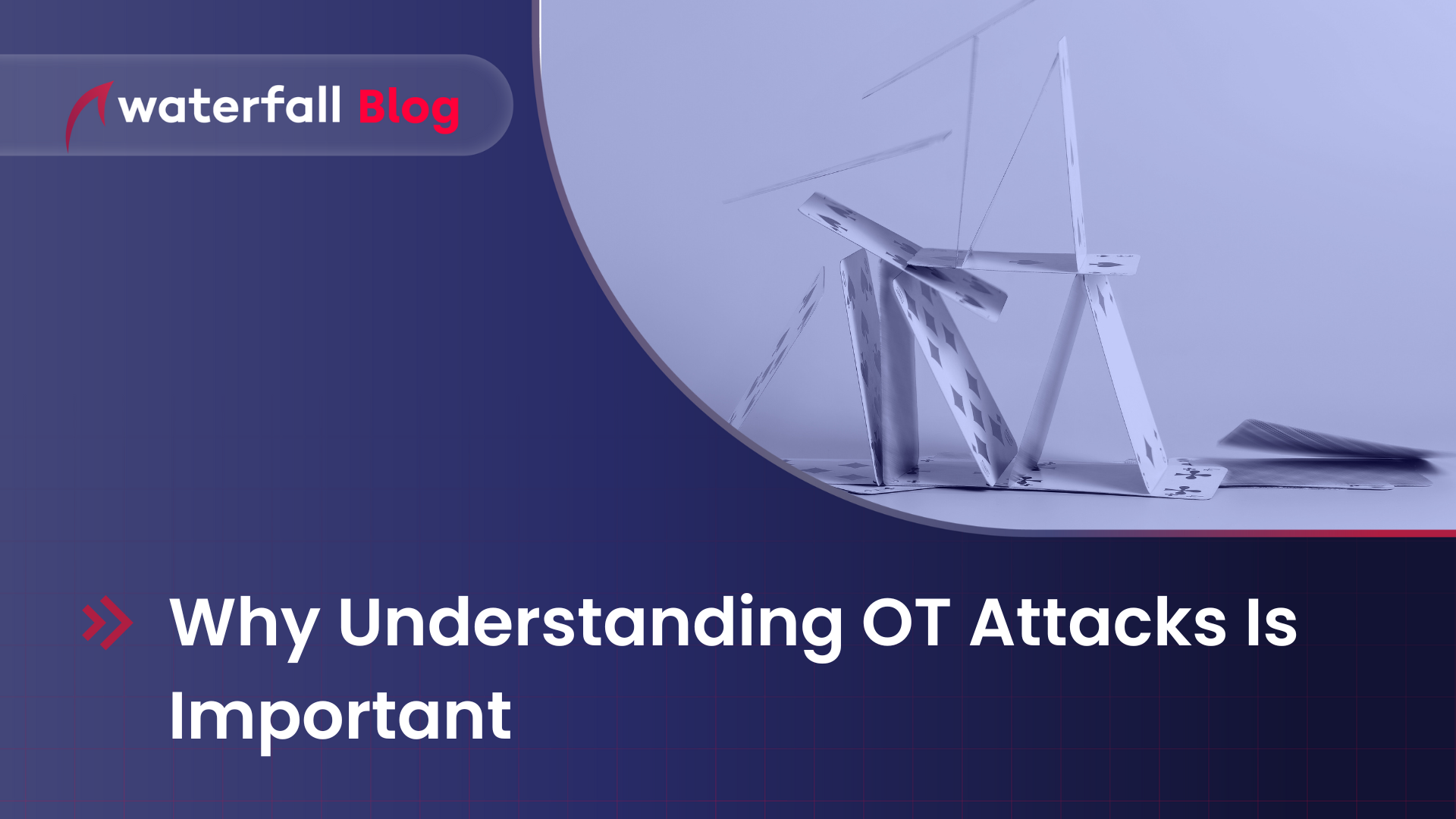
We can debate whether threats are credible and whether we should spend money and effort addressing credible residual risks, but to debate any of that, we must first understand the attacks.